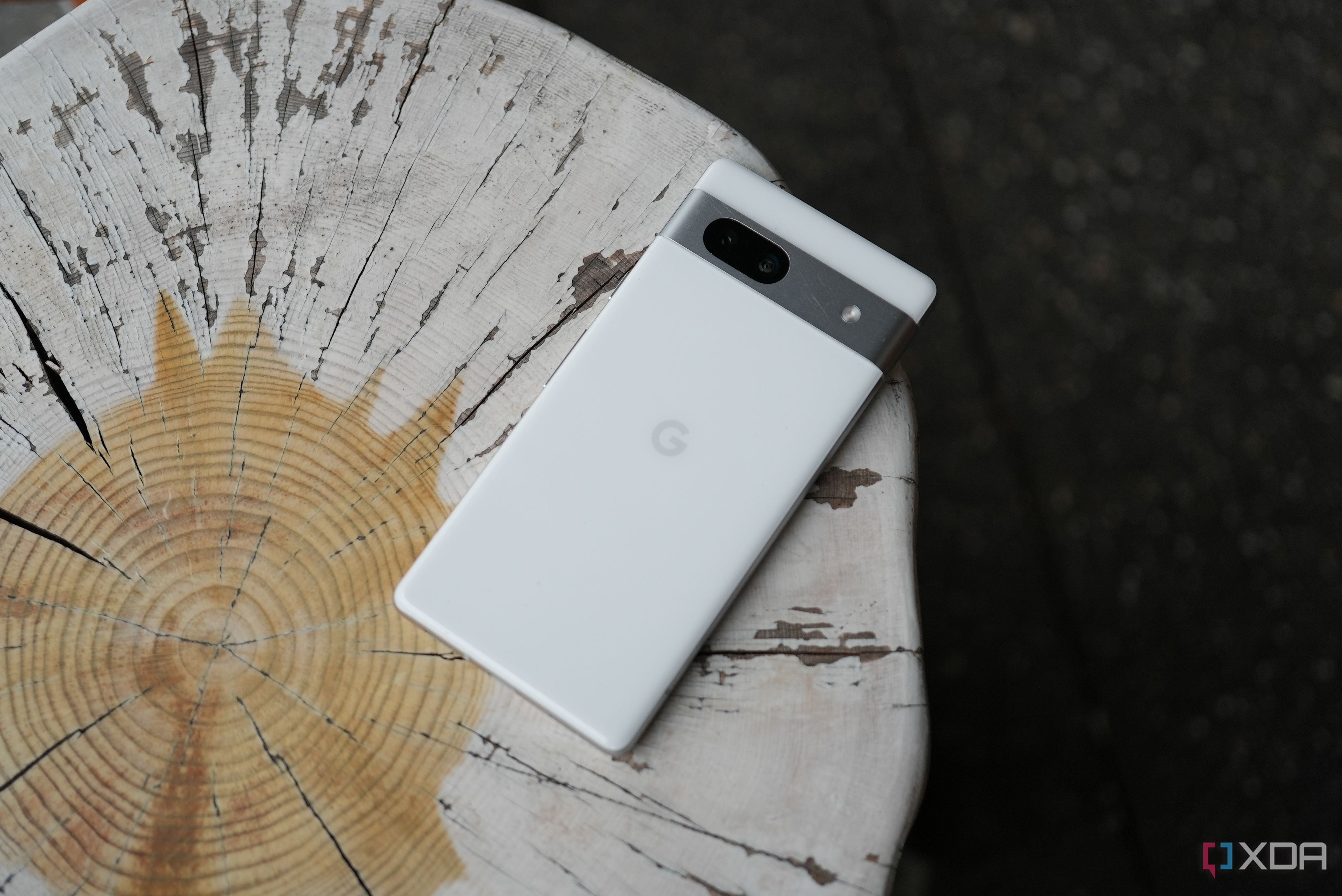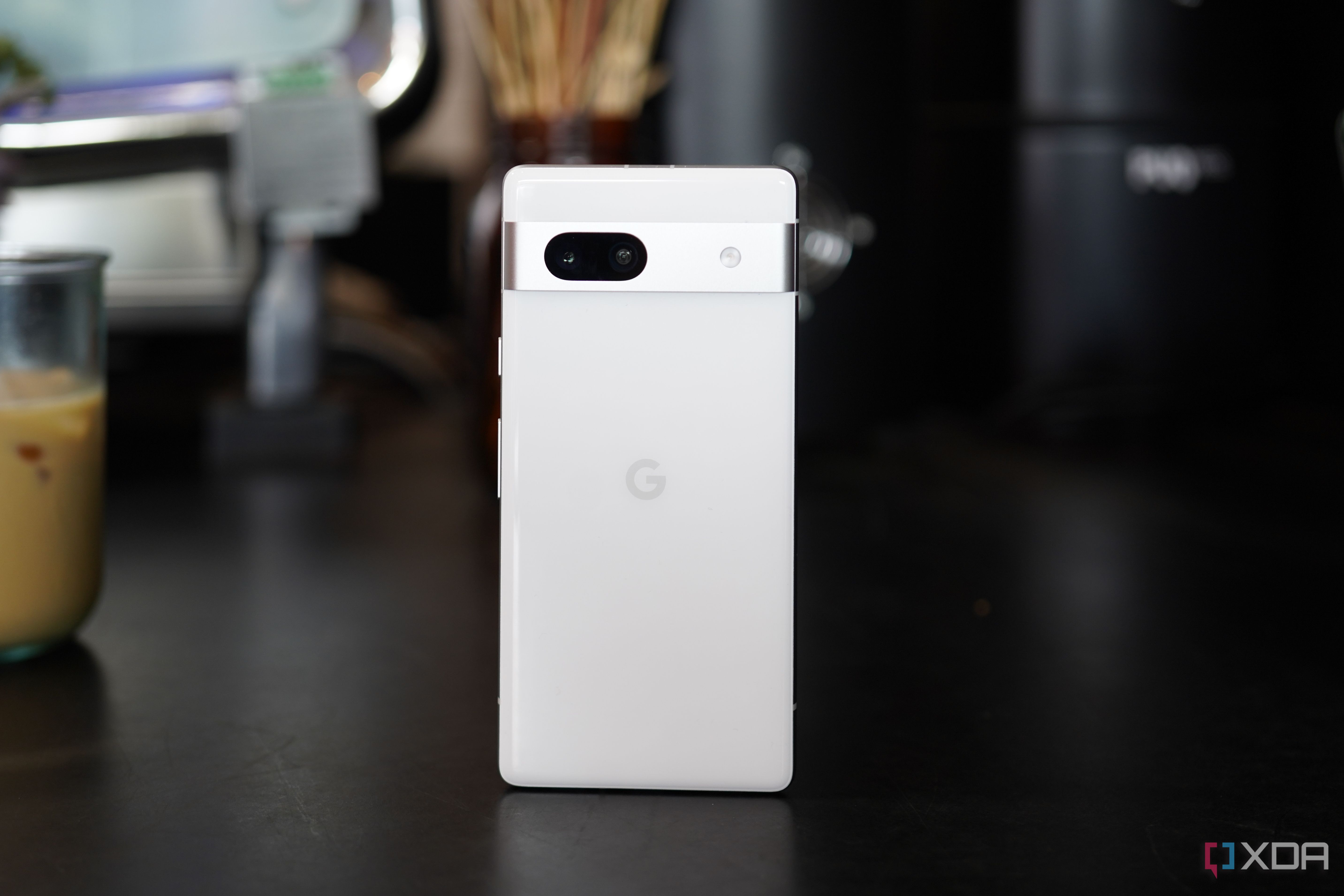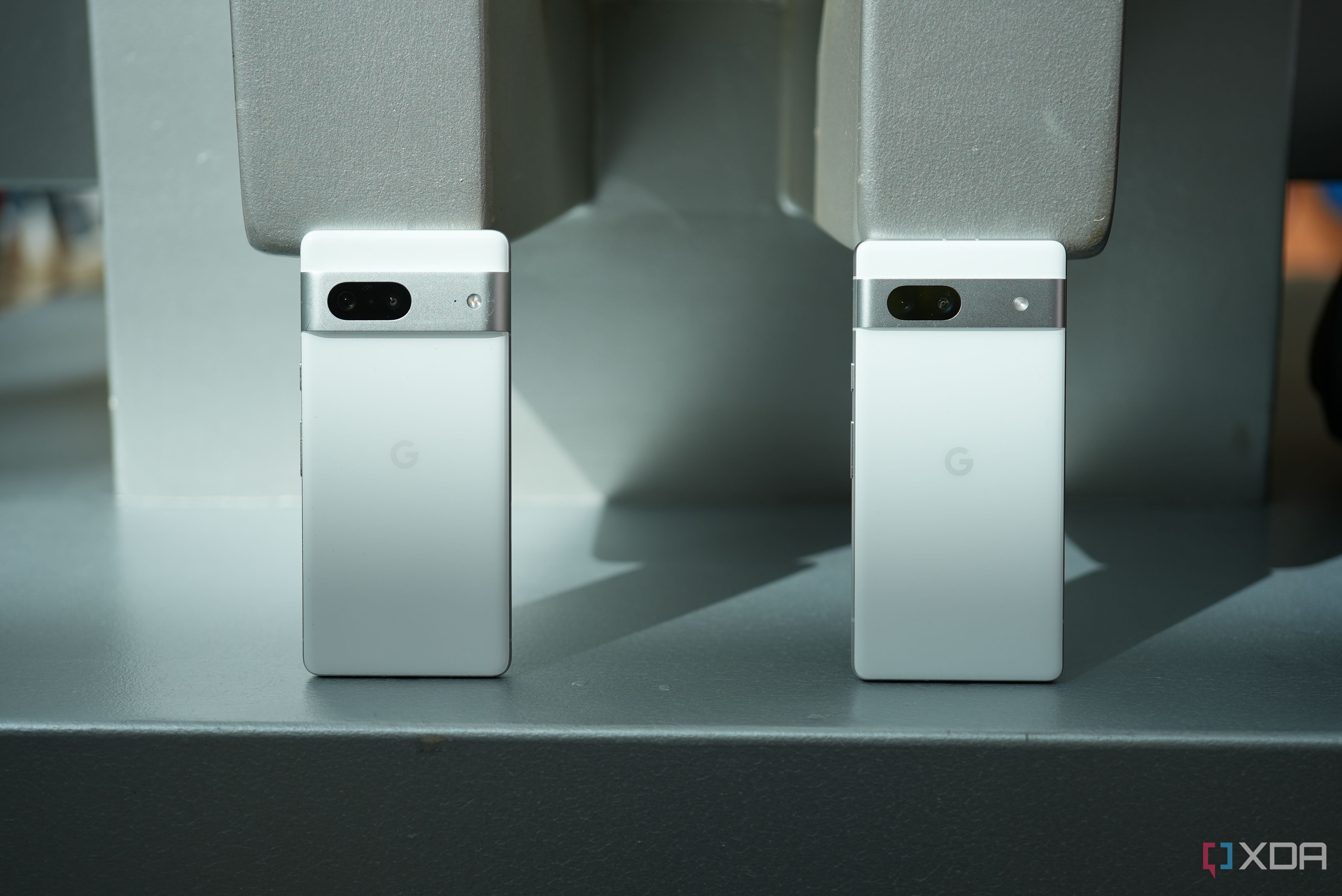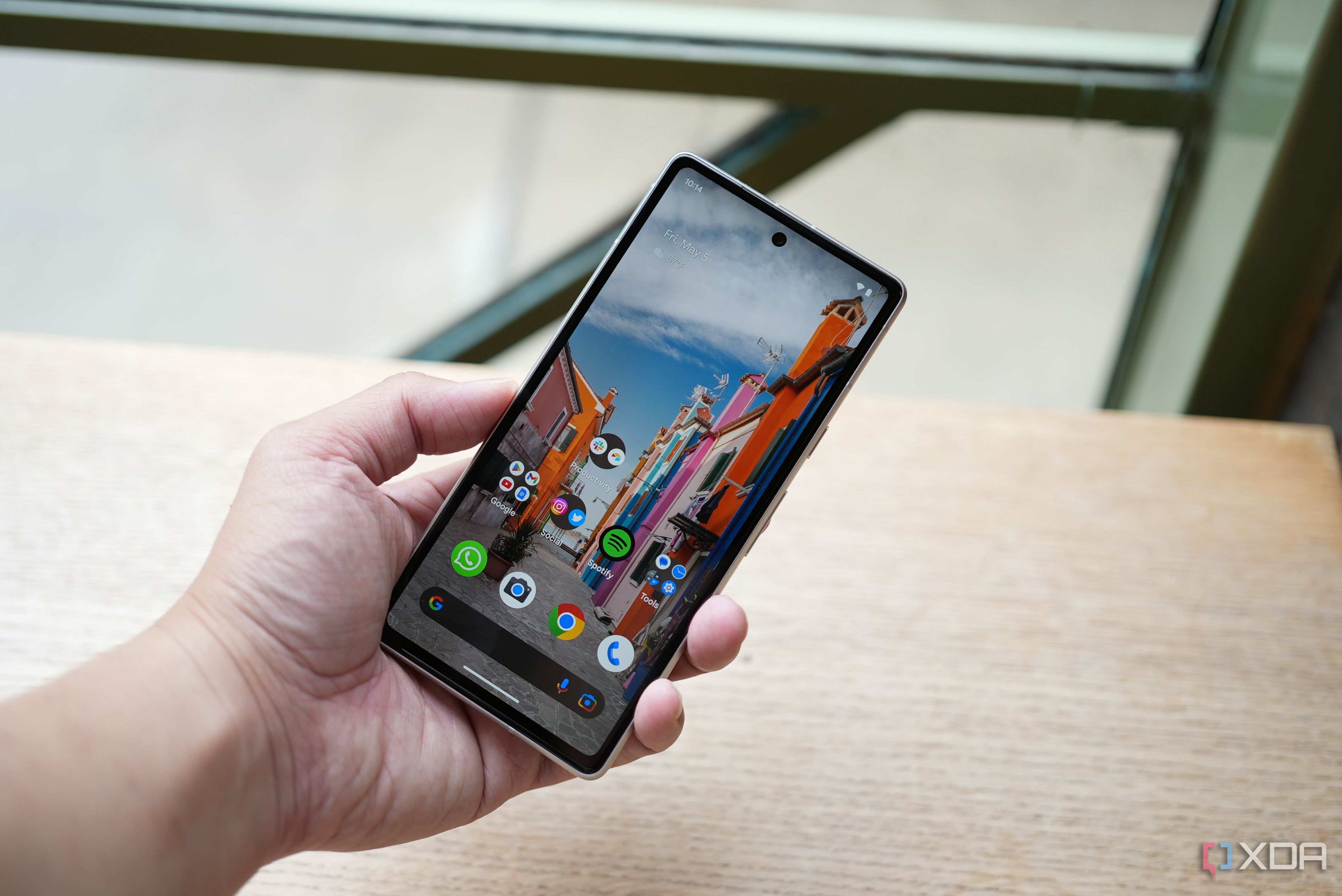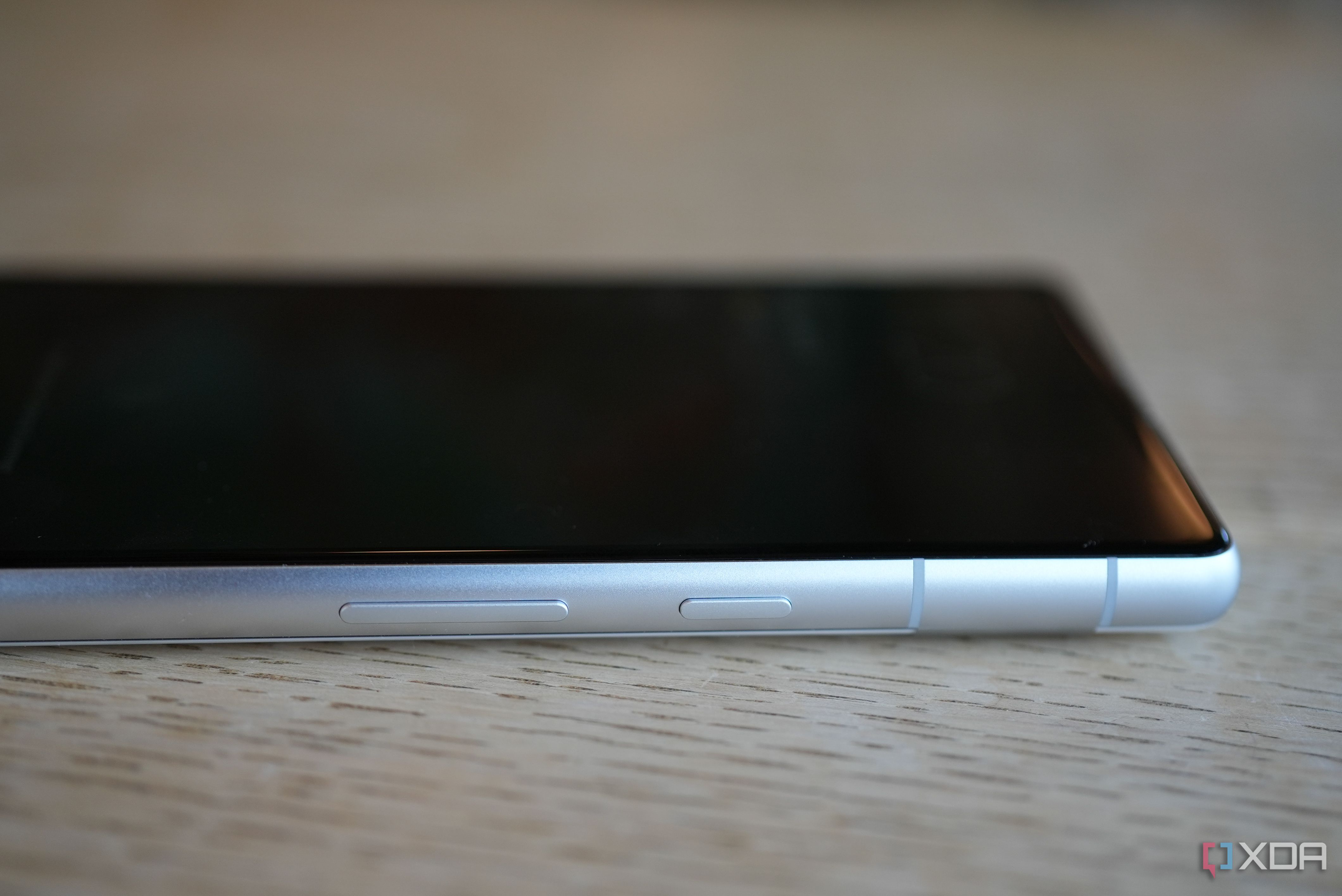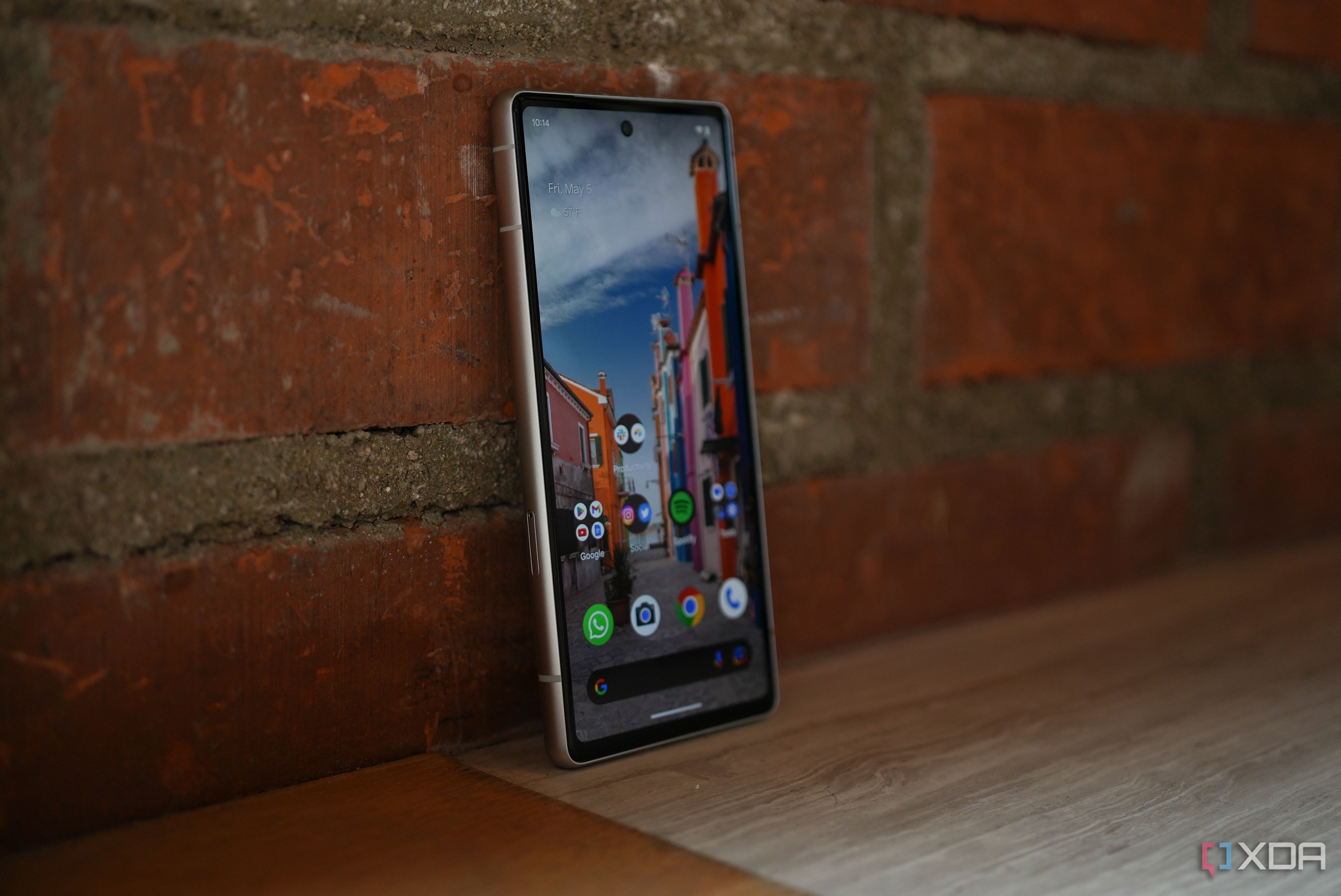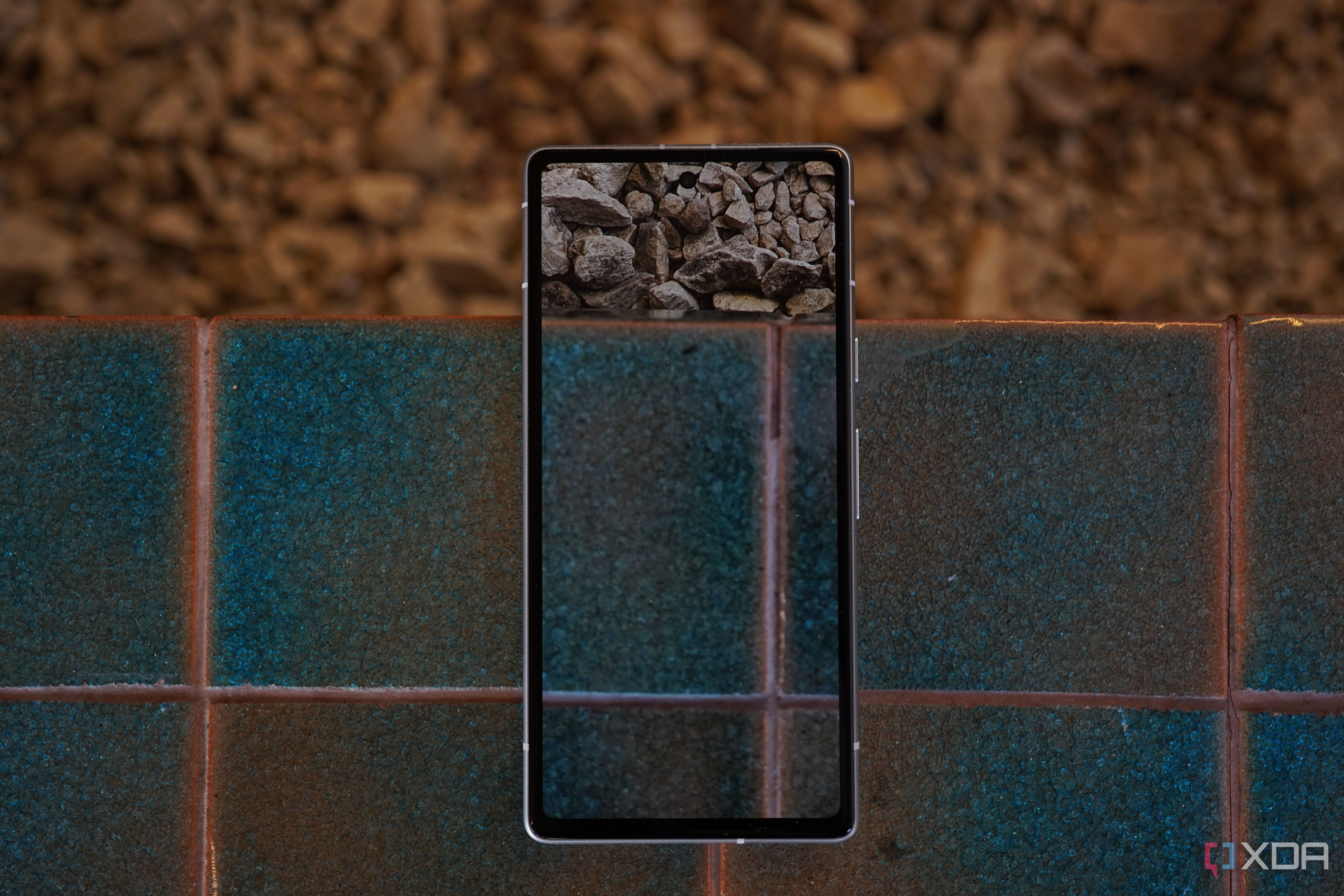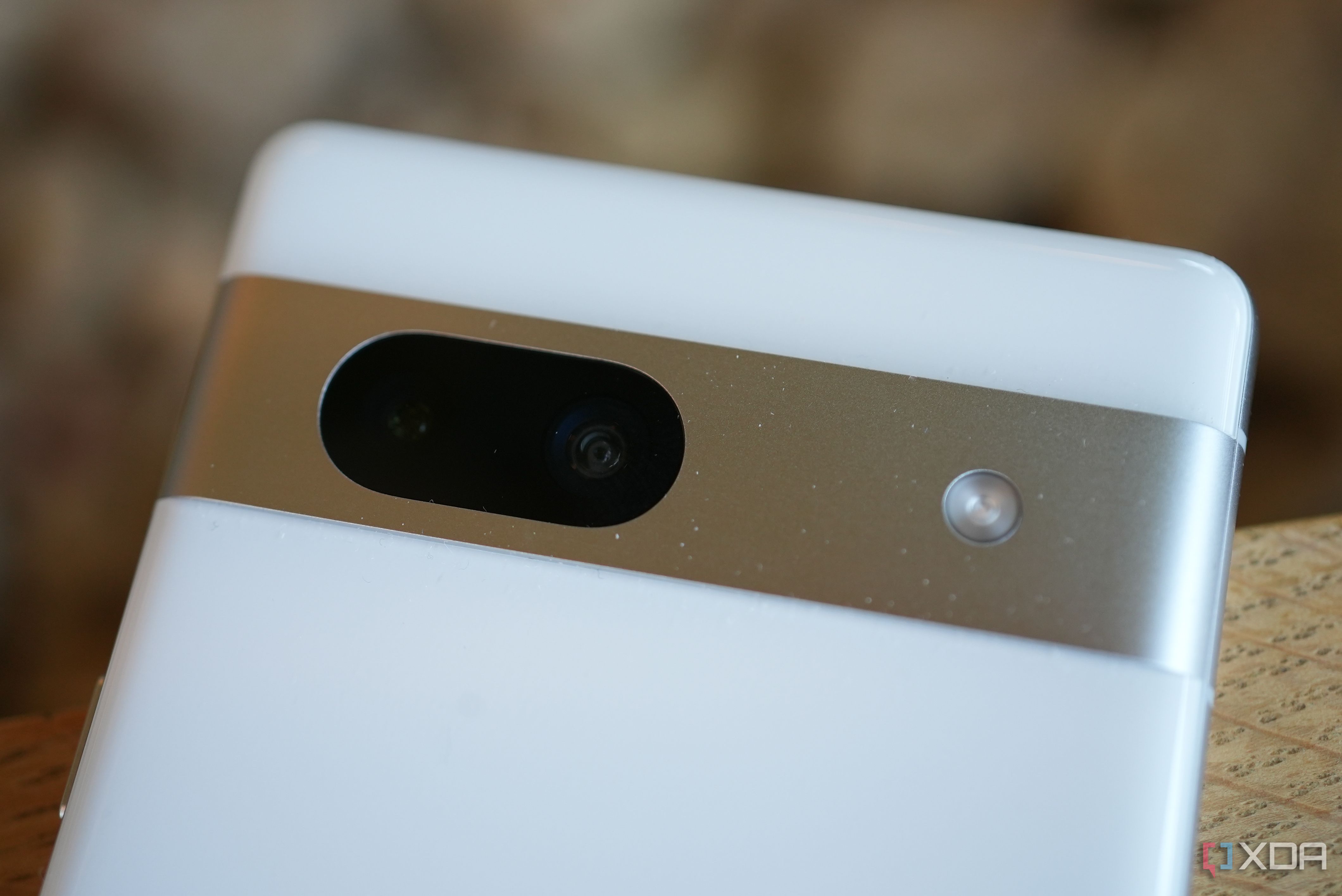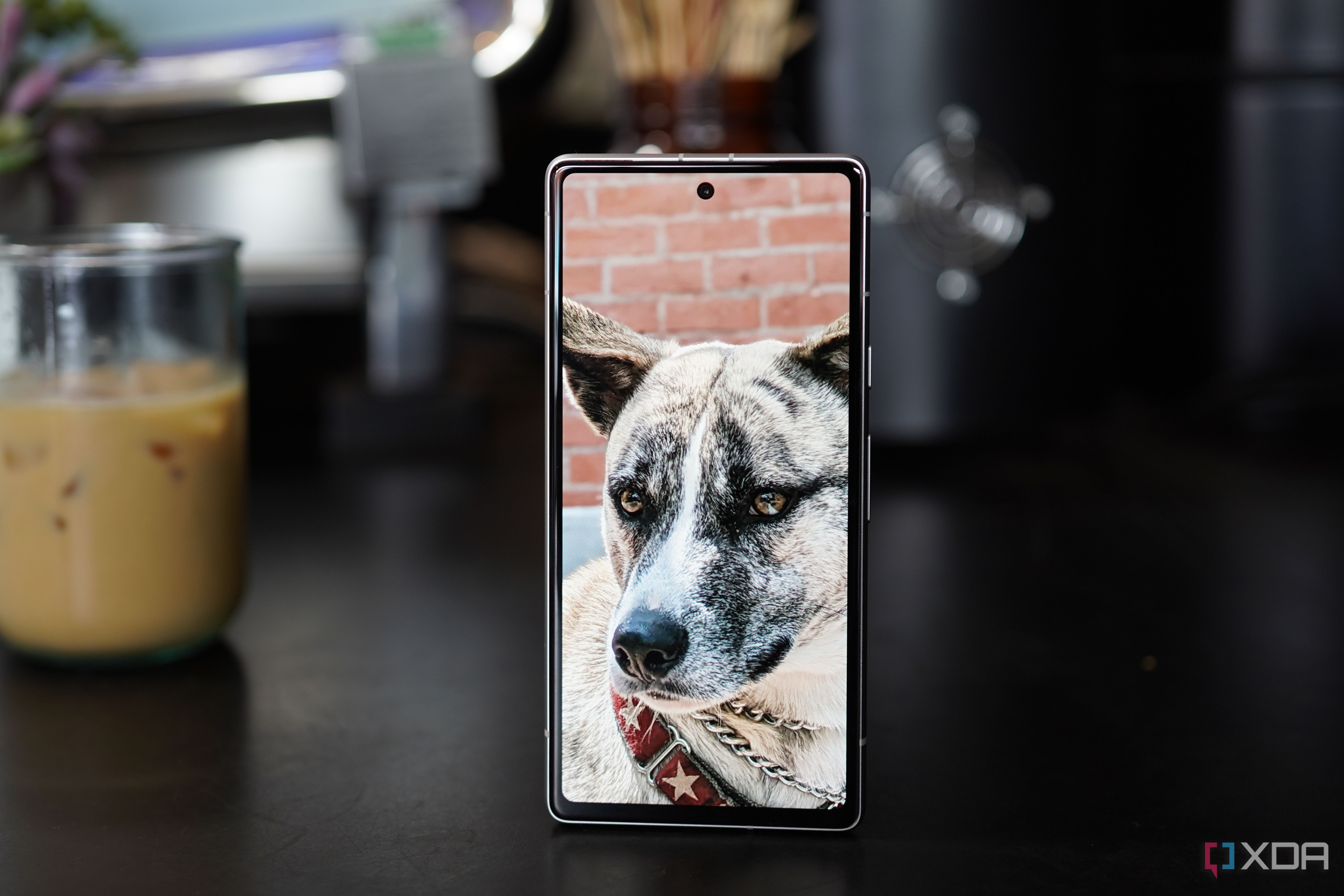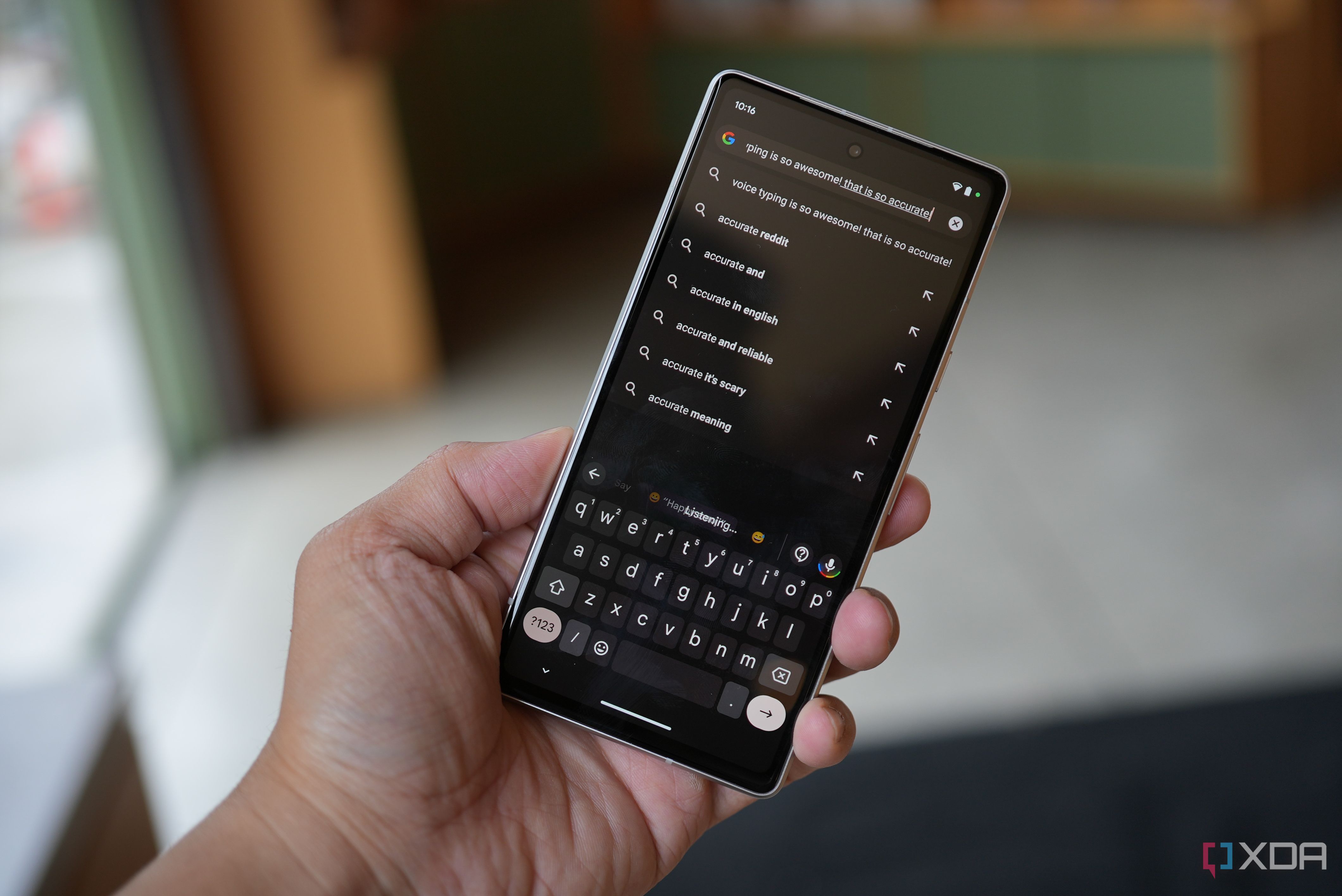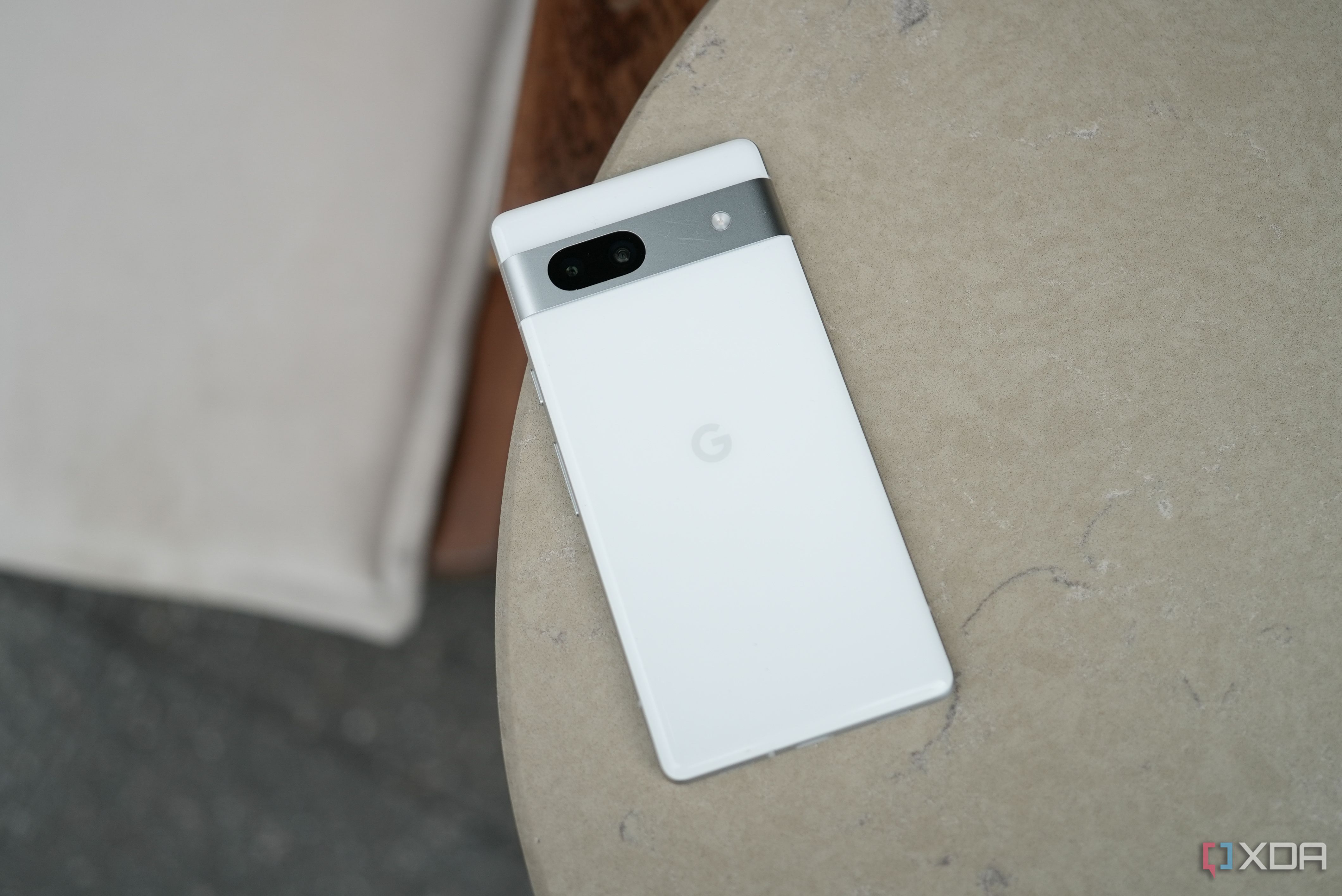Quick Links
There used to be a clear line separating the flagship Pixel series from the mid-range A phones. The former would be powered by the best Qualcomm Snapdragon chip, while the latter would settle for a lower-tier Snapdragon silicon. But that line blurred with the Pixel 6 series when Google began using its own silicon and gave the subsequent 6a series access to the same chip.
The parity between Google's flagship and mid-range line grows more this year with the Pixel 7a, which was just announced at Google I/O. Other than screen size, I'm not sure most people would be able to tell the difference between the Pixel 7 and 7a.
This is great news for Pixel fans on a tighter budget since they're getting near flagship experience at a mid-range price, but then what's the point of the standard Pixel 7? Sure, there's a half-year gap between devices, but most consumers probably don't mind waiting a few extra months for a cheaper device. It's also odd for a flagship phone to be relevant for just half a year before another phone in the same family undercuts it.
I could be overthinking it, but the point is that the Pixel 7a is almost like a flagship phone, with a main camera that can go toe to toe with the best iPhone or Samsung Galaxy, at just $499. Any potential Android buyer who's trying to watch their budget should consider the Pixel 7a first.
About this review: This review was written after eight days of testing a Pixel 7a provided by Google. The company did not have input in this review.
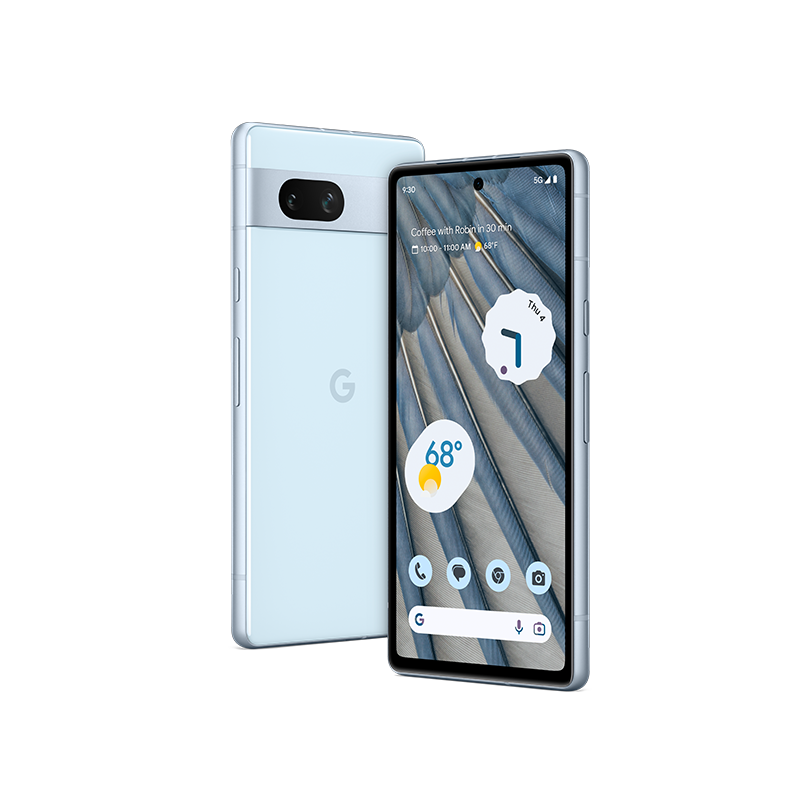
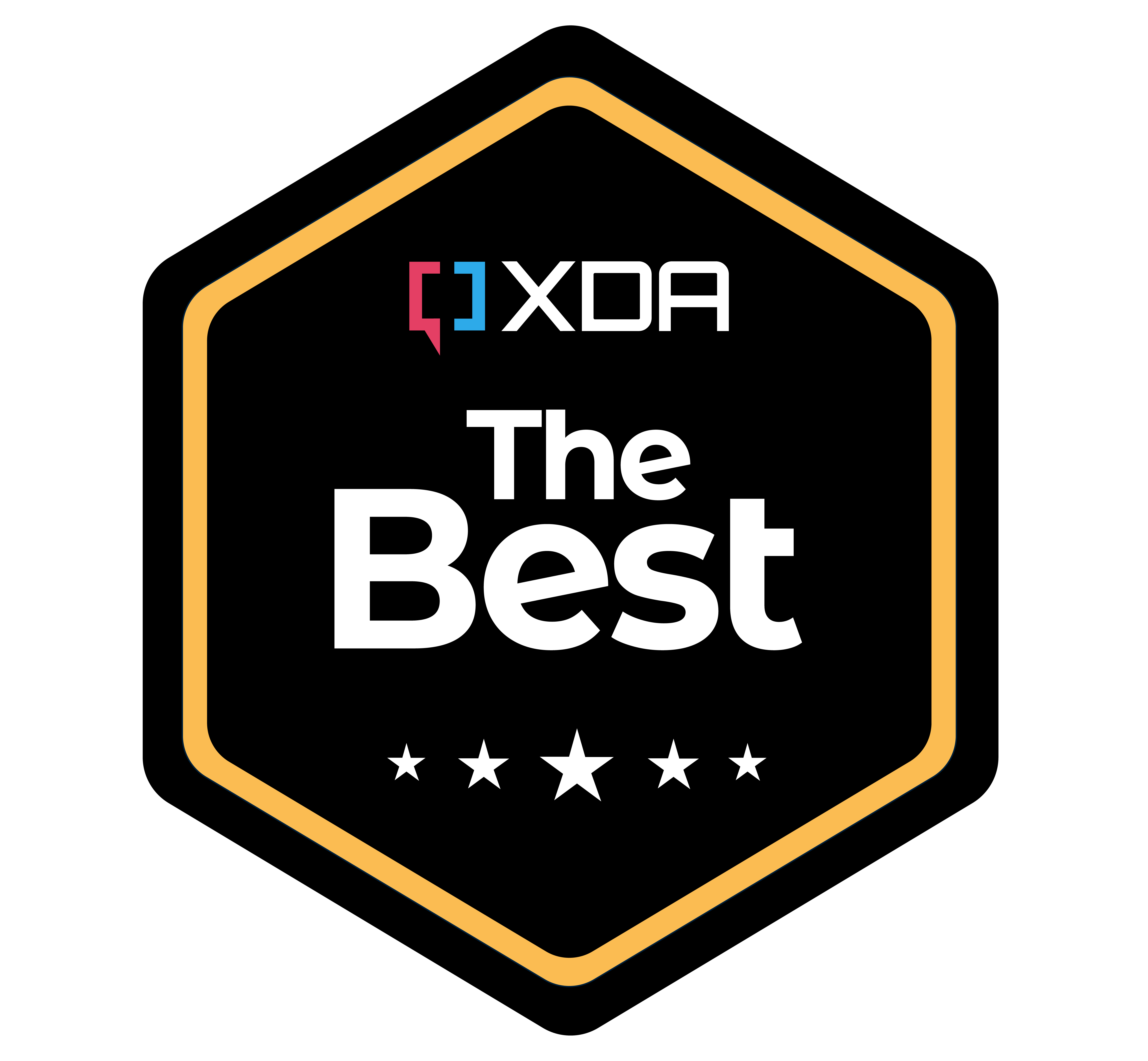
Google Pixel 7a
Google's latest mid-ranger brings several improvements over last year's model, making it a great option for the budget conscious. The Pixel 7a packs the flagship Tensor G2 chip, flagship-tier cameras, an improved 90Hz display, more RAM, better durability, and wireless charging support.
- Brand
- SoC
- Tensor G2
- Display
- 6.1-inch FHD+ gOLED @90Hz
- RAM
- 8GB
- Storage
- 128GB
- Battery
- 4,385mAh
- Ports
- USB Type-C
- Operating System
- Android 13
- Front camera
- 13MP
- Connectivity
- 5G(mmWave & sub 6), Wi-Fi 6E, Bluetooth 5.3
- Dimensions
- 6 x 2.87 x 0.35 inches (152.4 x 72.9 x 9mm)
- Colors
- Charcoal, Coral, Snow, Sea
- Weight
- 6.8 ounces (193g)
- IP Rating
- IP67
- Price
- $499 (sub 6)/$549 (mmWave)
- Security
- In-display fingerprint sensor, Face Unlock
- Overall performance very close to the flagship Pixel 7
- The best camera for a mid-ranger
- Easy on the eyes and easy to hold
- Really, really slow charging
- 90Hz screen trumped by rival devices
Google Pixel 7a: Price and availability
The Google Pixel 7a goes on sale May 11. There's only one configuration with 8GB RAM and 128GB storage, priced at $499 in the U.S. The phone will be available for purchase in the U.S., Canada, U.K., Ireland, Germany, France, Spain, Italy, Norway, Netherlands, Denmark, Sweden, Japan, Australia, Singapore, Taiwan, and India.
Hardware and design: Almost looks and feels like the Pixel 7
The Pixel 7a and Pixel 7 are so similar that it'd be easier if I list out the differences right away. If you're already familiar with the Pixel 7, you would know exactly what the 7a offers.
- The Pixel 7a, with a 6.1-inch screen, is smaller than the 6.3-inch Pixel 7
- The Pixel 7a has a plastic back rather than the glass-backed Pixel 7
- The Pixel 7a's main camera uses lower-tier hardware with a smaller sensor size compared to the Pixel 7's GN1 sensor
And while I will talk about the cameras more in-depth in the section below, I can say right now that the "weaker" camera hardware doesn't matter too much. Google's software image processing is so good it makes up the difference. So yeah, the Pixel 7a comes very close to giving the same experience as the Pixel 7, but at a lower price.
The Google Pixel 7a does come in two new colors (bright orange and light blue) that look great, but my unit came in white, which was already featured in the Pixel 7 series. I was disappointed, for about 30 seconds, then got over it, because the white colorway may still be the best-looking option. The stark white body with the metallic silver camera visor provides enough contrast for an understated, minimalist two-tone look.
Even though the Pixel 7a uses a plastic back, Google has applied a coating that makes it feel like glass, and it was enough to make me double-check the reviewer's guide. There are other slight areas of corner cutting to reach a lower price, such as the Pixel 7a's display being protected by Gorilla Glass 3 instead of Gorilla Glass Victus or the 7a having an IP67 rating instead of Pixel 7's IP68 (although the rating difference doesn't matter too much in real life scenarios unless you purposely take the phone underwater regularly).
With a relatively "small" flat screen, and weighing just 0.4 ounces, the Pixel 7a is very comfortable to hold and use with one hand. I'm just not a fan of the Pixel's power button placement, which sits a bit higher than usual and forces me to adjust my grip to press it (this wouldn't be a big deal if the Pixel had a "double-tap screen to lock" like almost all Android phones, but it does not).
The bezels wrapping around the OLED screen are slightly thicker than other Android phones, but that's not a big deal, and the FHD+ (1080x2400) screen looks great indoors. However, maximum brightness, at about 1,200 nits, is below par compared to Samsung or Xiaomi's similarly priced phones. In direct sunlight, the Pixel 7a screen is definitely harder to see than any recent phone I have reviewed. But the screen did get an upgrade to 90Hz from the Pixel 6a's 60Hz, bringing it further in line with the Pixel 7. Stereo speakers and solid haptics complete the outer hardware package.
As mentioned, the Pixel 7a is powered by the same Google Tensor G2 chip as the Pixel 7 series. This chip is technically not as powerful as the Qualcomm Snapdragon 8 Gen 2 (or even the Snapdragon 8+ Gen 1). Most notably, its GPU is inferior, and it heats up quite badly during any gaming sessions longer than 10 minutes. The chip is also noticeably slower at things like editing and exporting videos. But what it lacks in raw power it makes up for in machine learning capabilities, which makes sense since it was custom-designed to handle Google's machine learning algorithms. But we'll talk more in the performance section.
The display did get an upgrade to 90Hz refresh rate this year (matching the Pixel 7), unlike the Pixel 6a's jarring 60Hz.
RAM and memory are fine at 8GB and 128GB, though the latter uses UFS 3.2 storage and not the latest UFS 4.0 (the flagship Pixel phones are also at UFS 3.2, for what it's worth). With no expandable storage support, however, the 128GB storage could run out fast, and Google apparently isn't providing another variant with more storage. I suppose Google is convinced its customers are very cloud-usage savvy.
The 4,385mAh battery is large for a phone of this size, but charging speeds are abysmally slow: 20W wired and 5W wireless. There's no charger included with the packaging, so I used an Anker 120W charger, which took 70 minutes to get the phone from zero to full.
Cameras: An almost flagship-level main camera
The Pixel 7a's main camera hardware got an upgrade to a 64MP, f/1.9 sensor with a 1/1.7-inch image sensor size this year. This is a big step up from the Pixel 6a's puny 12MP, 1/2.5-inch sensor, but it's still smaller than the Pixel 7's 1/1.3, or Samsung Galaxy A54's 1/1.5-inch. In other words, Google improved the camera hardware by its own standards, but this is still just modest camera hardware, even at this price range.
But as has always been the case with Pixels, software image processing plays a huge role in producing the final image we see, and Google's is so good that the Pixel 7a's photos look better than the camera hardware would suggest. And as I already teased earlier, the Pixel 7a's photos can go toe to toe with the Pixel 7 in many instances, despite the latter having better hardware. The samples below include photos snapped by the Pixel 7a, followed by a shot snapped by the Pixel 7 or 7 Pro (they have identical main camera hardware).
Most of these shots were taken against backlight on purpose because I wanted to test the cameras in challenging conditions, and we can see the 7a images look very good. In the third set, the 7a's dynamic range isn't as wide as the Pixel 7's but otherwise, the other images are very close in quality. If you zoom into the photos 100% and pixel peep, you can see the Pixel 7a's photos are softer on details than the Pixel 7/7 Pro's, but this is minor.
The magic lies with the Tensor G2 chip, which was designed to handle Google's AI tasks including and especially image processing, and we can see the Tensor really working wonders to help the relatively weak Pixel 7a camera hardware keep up with the stronger Pixel 7 camera hardware.
However, software processing can only do so much. If I take photos with several objects/subjects, located at varying distances to the camera, you can see that the Pixel 7's larger sensor with shallower depth-of-field produces stronger natural bokeh. The Pixel 7a's images, without the bokeh, look flat by comparison. The difference is more jarring when you compare the Pixel 7a's shot against the Sony IMX989 1-inch sensor (the largest sensor in mobile cameras right now).
Natural bokeh from large sensors doesn't result in just a simple "background blur," it also compresses the background a bit, giving it a feeling of separation. Pay attention to the plant immediately behind the number 7 sign: The Pixel 7's image shows a better separation between the plant and the sign than the 7a's image.
Enough camera nerd nitpicking. The Pixel 7a's main camera is still the overall best at its price range because it has a responsive shutter, is fast to focus, and can find proper balance in challenging lighting conditions. Below are more main camera samples I've snapped over the week of using the Pixel 7a. This camera will satisfy most people.
The Pixel 7a's ultrawide camera, a 13MP f/2.2 shooter, is very good during the day, capturing sweeping imagery with excellent dynamic range and no noticeable distortion, but at night suffers from the same problem most ultrawide cameras face. They produce very soft details and are in need of a two-second night mode. This isn't so much a Pixel 7a problem, as most ultrawide cameras have trouble in low-light situations. There are only a small handful of exceptions — most notably the Oppo Find X6 Pro — and they're in phones that cost well over four digits.
The Pixel 7a does not have a dedicated zoom lens, but it uses an in-sensor crop to produce a 2X zoom that is a bit better than a typical digital zoom. In a vacuum, 2X shots by the Pixel 7a are quite good, though the zoom shots lack the natural bokeh/background compression that comes from shooting with a real telephoto lens.
You can push digital zoom up to 8X, but images here are clearly noisy and soft on details.
Video performance is good for the price, with OIS and EIS doing the work to stabilize walking footage, and the Tensor G2 working its magic to minimize wind noise and find exposure in real-time.
Performance: No complaints in this price range
While the Tensor G2 is extremely intelligent and brings so many smart features to the table, I must point out that it is not as technically powerful as Qualcomm's Snapdragon 8 Gen 2, or even the Snapdragon 8+ Gen 1 for that matter. The Tensor G2's GPU and CPU are slower and less capable, and I notice many day-to-day tasks, like trimming the length of a video via the phone's default video editor, take longer on any Pixel 7 phone than on any flagship Samsung/OnePlus/Xiaomi device. When it comes to gaming, the Arm Mali-G710 MC7 of the Tensor G2 can handle light gaming fine, but if you're a heavy gamer playing for hours at a time, the Tensor G2 will heat up faster and thus throttle performance more so than the last two Qualcomm flagship chips.
While the Tensor G2's lack of raw power compared to the best Qualcomm chips could be used as a knock against the flagship Pixel 7 Pro, I don't think that criticism is justified here with the $499 Pixel 7a. If you're using the phone like the average person — scrolling through social media, streaming videos and music, taking photos, and texting — the Pixel 7a is more than powerful enough to handle all of those needs.
Battery life has been good for the Pixel 7a, with the 4,385mAh cell able to last the entire day every day over my 8-day review period. The abysmally slow charging is annoying, but with a bit of planning ahead, it shouldn't be an issue. Speaker quality, cell reception, and haptics are all satisfactory and can be considered good in the $499 price range as well.
Software: It's Android the way Google envisioned it
As a Pixel phone, the 7a has the luxury of running the latest version of Android the way Google envisions it. Android 13 ships out of the box, but whenever Android 14 hits, this phone will be among the first to get it. The software experience is virtually identical to the Pixel 7/7 Pro, so expect a colorful UI with flashy animations and a myriad of smart features.
It's the latter that makes Google phones such a joy to use. For example, I love the Pixel's ability to automatically identify music playing near me and display artist's name and track title on the always-on display. I also find Google's At A Glance homescreen widget to be very useful since it can display contextual information, such as upcoming appointments or flight information. Of course, the widget can show you this information on its own because it's scouring your Gmail or Google Calendar, so some may not be comfortable giving an app this much access. But I'm OK with it.
Another absolutely game-changing Pixel exclusive feature is the scary good voice dictation. Recent Pixel phones can transcribe human voices in real-time, at almost the same pace as speech, and at nearly 99% accuracy. This works in the Pixel's native voice recorder app, or when using voice to type. The Pixel's voice typing is so good that it changes how I use the phone. When I'm on a Pixel, I use my voice to type chat messages regularly. I wouldn't do this with basically any other phone because it's nowhere near as accurate.
There's also Direct My Call, which came in very handy recently when I had to call a debt collection agency for my mother who had an unpaid parking ticket. Google had the agency's automated system in its database, and as soon as my call connected, not only did the Pixel 7a transcribe exactly what the automated call service said, but the Pixel 7a also mapped out the various options I can select, giving me a quicker route to speak to a customer service agent.
As I wrote in my Pixel 7 review, the Pixel is the smartest smartphone, and that holds true with the Pixel 7a.
Should you buy the Google Pixel 7a?
You should buy the Google Pixel 7a if:
- You want a new phone under $500 and camera performance a high priority
- You want an Android phone that's easy to use, with a great price-to-performance ratio
- You want a phone that's easy to use with one hand
You should not buy the Google Pixel 7a if:
- You don't mind paying another $200 for the Pixel 7 Pro
- You live in regions where Poco sells phones, and you care about display quality and raw processing power
- You find 128GB storage too tight
At $499, the Pixel 7a is an easy recommendation in the midrange space. It has a better camera, more intelligent software, and a more capable chip than the Samsung Galaxy A54. The most recent iPhone SE (released in 2022) looks hilariously outdated with the thick bezels and LCD screen.
However, there are some caveats. The Pixel 7 officially retails for $599, but I've seen it on sale for around $550. If there's only a $50 difference between the Pixel 7 and Pixel 7a, then perhaps the former is still the better option because it has more premium construction and a slightly better camera.
Also, if you live in regions where Xiaomi's Poco sub-brand sells phones, the also just-released Poco F5 Pro starts at $449 and offers a WQHD+ 120Hz display with Snapdragon 8+ Gen 1. While the Pixel 7a still has it beat in camera performance and software, the Poco F5 Pro has a better display and processor in a lower-priced package with a charger and phone case included.
Personally, I'd take the Pixel 7a over both the Galaxy A54 or the Poco F5 Pro because the main camera and software smarts make the difference.


Google Pixel 7a
Google's latest mid-ranger brings several improvements over last year's model, making it a great option for the budget conscious. The Pixel 7a packs the flagship Tensor G2 chip, flagship-tier cameras, an improved 90Hz display, more RAM, better durability, and wireless charging support.
FAQ
Q: What colors are the Google Pixel 7a available in?
The Google Pixel 7a comes in four colors: Charcoal (black), Snow (white), Sea (blue), and Coral (orange). However, Coral is a Google store exclusive, meaning you must purchase from Google's website to get that color. The other three will be widely available across carriers and retailers like Amazon.
Q: Does the Google Pixel 7a have a SIM card slot? Does it have eSIM?
The Google Pixel 7a has a slot for a single physical SIM, and it also supports eSIM. You can run dual SIMs via one physical SIM and one eSIM, or both eSIM. Check out XDA's guide on how to set up and use eSIMs to learn more.
Q: How fast does the Google Pixel 7a charge?
The Google Pixel 7a charges at 20W speeds. However, the phone does not include a charger, so you will have to use a charger that can output at least 20W of power with USB-C PD support to charge the Pixel 7a at its maximum speed.
Q: Does the Google Pixel 7a have expandable memory?
The Google Pixel 7a does not have expandable memory. What's more, the phone only comes in one configuration with 128GB storage. After accounting for storage space the core software will take, you're left with about 100GB. Google is likely banking on consumers using cloud storage, and luckily, Google does have one of the best cloud service systems around.

